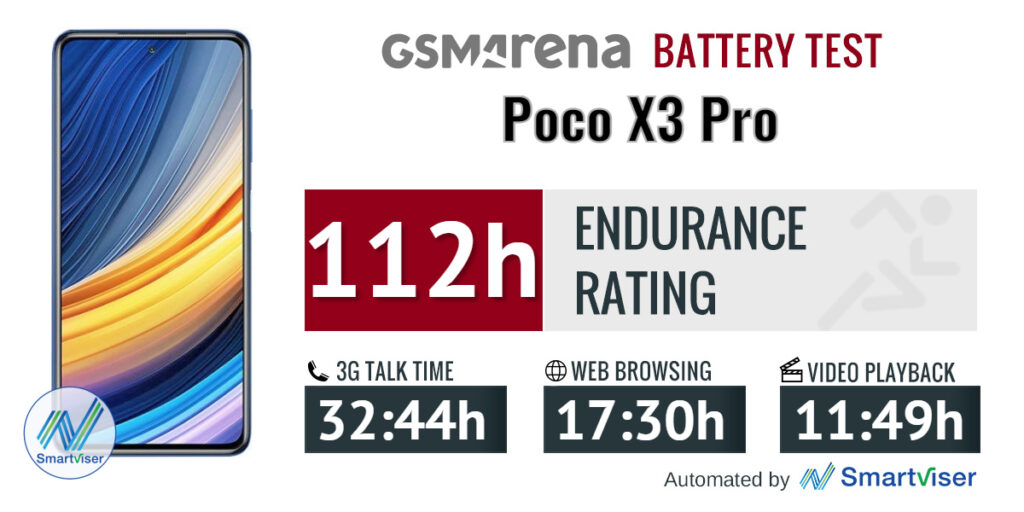Different Screens and Devices, Same Branding and Authority
Responsive images are images that work across different screen sizes and resolutions to ensure the same user experience. They give developers the ability to offer users the best experience while using multiple devices to view your site.
In this article, we will give you an overview of what responsive website images are. We’ll also discuss how to use the features of these image elements to implement solutions on your website.
The Basics: HTML and CSS
Whatever you want to put on your website is determined through HTML or Hypertext Markup Language. Simply speaking, this technology is used to build websites. It dictates what types and where website elements appear on the page.
On the other hand, CSS is a language designed to be used with HTML and other markup languages. If HTML determines what should be included in your web page, it's CSS who’s in control of their layout, colors, fonts, and so on.
Using HTML and CSS For Designing Responsive Websites
You can add a tiny bit of HTML and CSS to your website to create a pleasing image. Not only does it add to aesthetics, but these can also be used to scale images so they can look amazing even when viewed on different devices such as iPhone, iPad, and iPod touch.
To provide a great experience across devices, designers can create a fluid content grid by adjusting the HTML format directly to the size and resolution of the screen. This will allow different images to “flow” for different browser sizes.
You can also set the CSS width property, so even smaller images can take on the full display width of bigger devices. With max property, however, images can get smaller, but never larger than their original size.
Can You Use Responsive Images With Other Website Design Elements?
Definitely!
We know different ways to make appealing images, but we can also combine them with other technologies like CSS media queries. Media queries allow a page to look completely different across various browser sizes. A well-looking website can use this to change the design of the website by displaying it according to the browser’s width.
To prevent the fast-reacting images from becoming too large or too small for a particular display type or width, use max-width or set it to 100%. With the right reaction, images could become larger and optimized. This is also beneficial if you’re after SERP rankings.
You can also consider mixing them up with responsive text sizes. There are still other ways to achieve a responsive website design so make sure to explore.
Responsive Images and Your User Experience
Statistics say that mobile traffic has increased over the years. This means that for the coming years, the majority of internet traffic will be from cellphone users. Aside from this 8 of every 10 guests quit and leave a site that doesn't show well on their gadget.
If you’re an organization that still lacks a website, you’ll fall behind at a disturbing rate. With websites getting more adaptive to different devices, your only option to survive is to go with the flow. Don’t wait for tomorrow. Get a responsive website design today.








